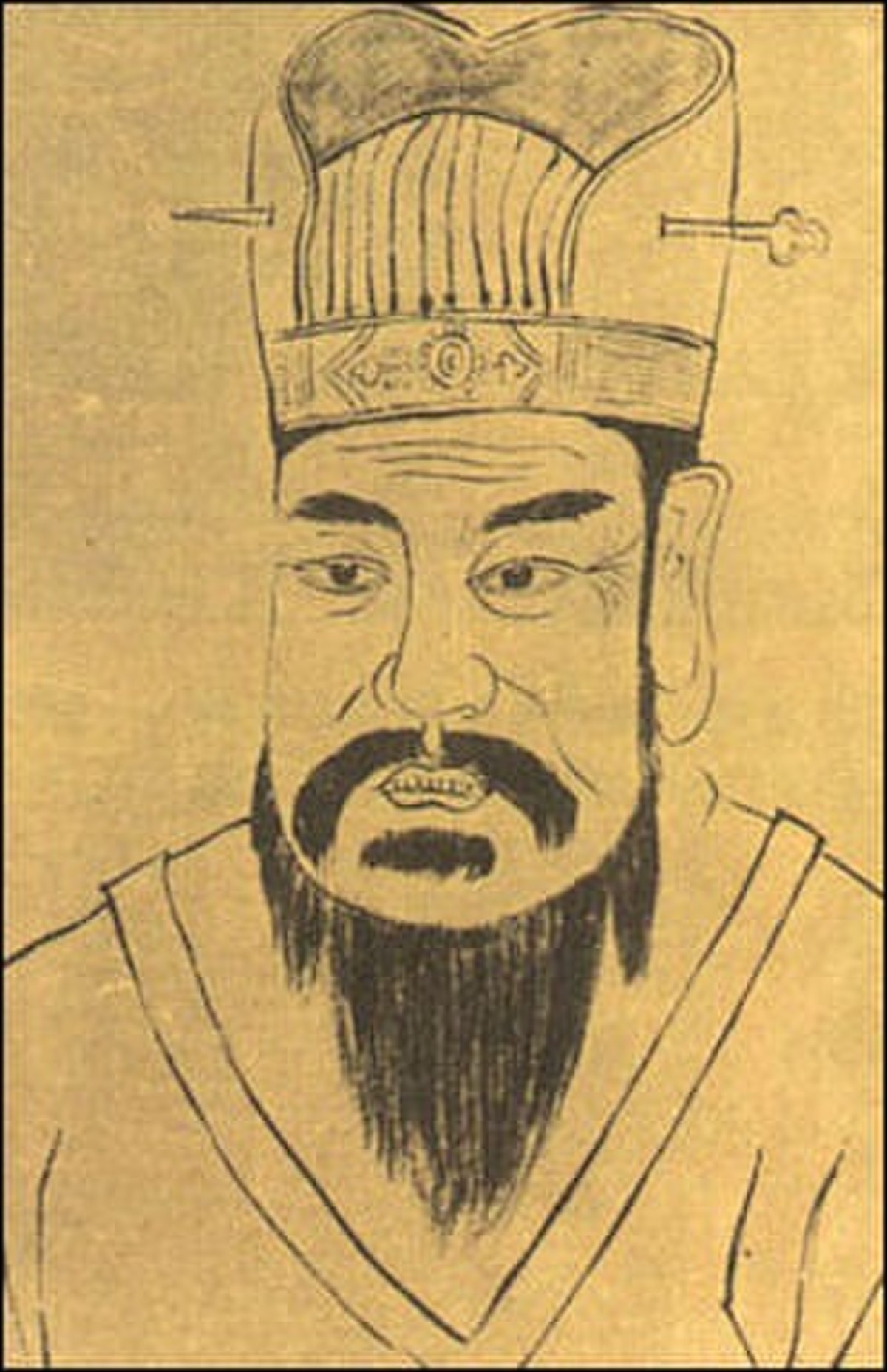
Wang Mang's Xin Dynasty
Xian, ChinaWhen Ping died on 3 February 6 CE, Ruzi Ying (d. 25 CE) was chosen as the heir and Wang Mang was appointed to serve as acting emperor for the child. Wang promised to relinquish his control to Liu Ying once he came of age. Despite this promise, and against protest and revolts from the nobility, Wang Mang claimed on 10 January that the divine Mandate of Heaven called for the end of the Han dynasty and the beginning of his own: the Xin dynasty (9–23 CE).
Wang Mang initiated a series of major reforms that were ultimately unsuccessful. These reforms included outlawing slavery, nationalizing land to equally distribute between households, and introducing new currencies, a change which debased the value of coinage. Although these reforms provoked considerable opposition, Wang's regime met its ultimate downfall with the massive floods of c. 3 CE and 11 CE. Gradual silt buildup in the Yellow River had raised its water level and overwhelmed the flood control works. The Yellow River split into two new branches: one emptying to the north and the other to the south of the Shandong Peninsula, though Han engineers managed to dam the southern branch by 70 CE.
The flood dislodged thousands of peasant farmers, many of whom joined roving bandit and rebel groups such as the Red Eyebrows to survive. Wang Mang's armies were incapable of quelling these enlarged rebel groups. Eventually, an insurgent mob forced their way into the Weiyang Palace and killed Wang Mang.
